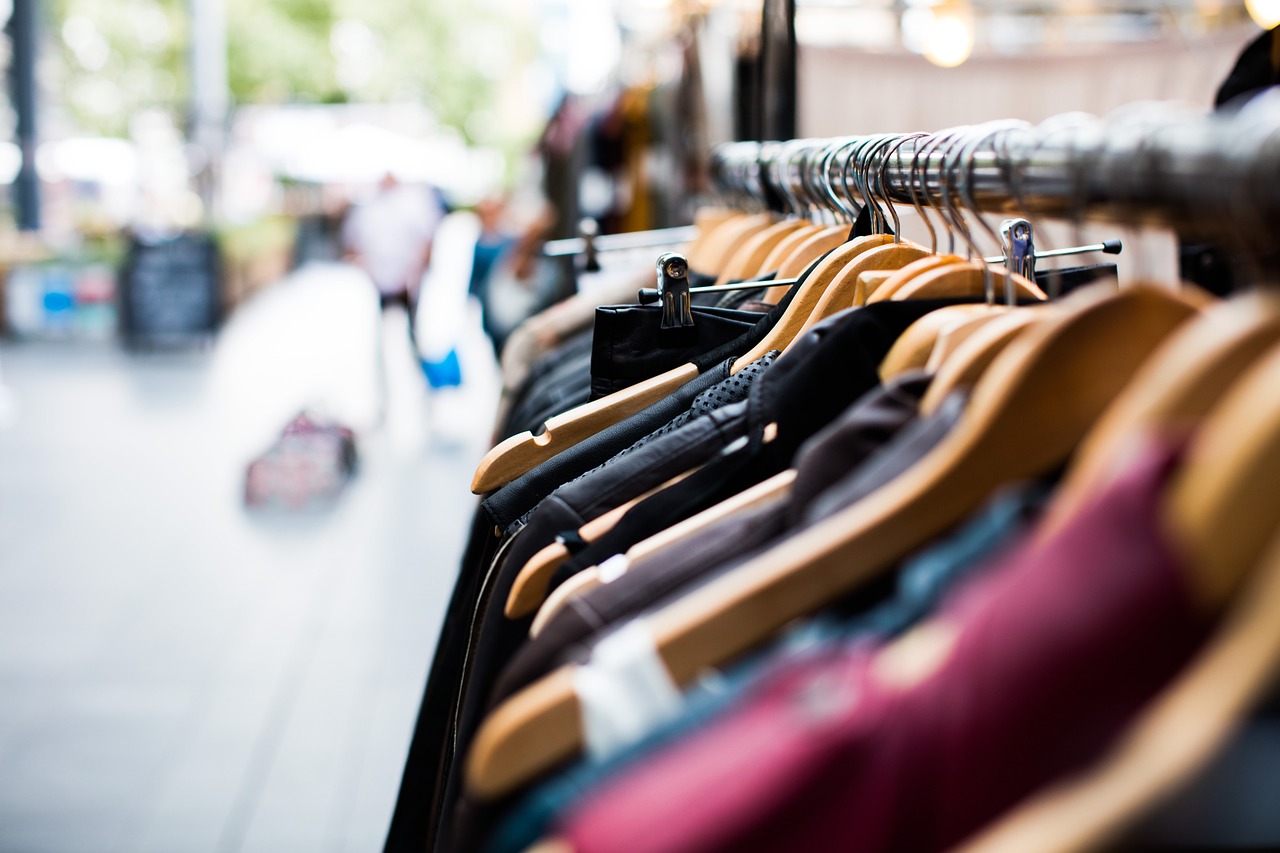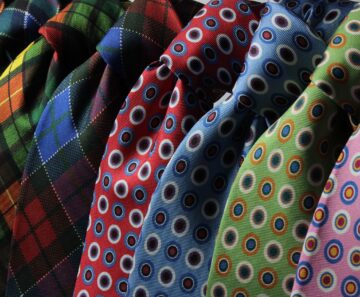Luxury fashion has traditionally represented exclusivity, craftsmanship, and a standard of excellence beyond the reach of mass consumerism. Yet, in recent years, the high fashion industry has experienced significant shifts that have raised questions about the future of luxury. From the rise of streetwear and digital fashion to the prioritization of sustainability and accessibility, these changes suggest that luxury is evolving—and may no longer look like it did in the past.
1. The Rise of Streetwear and Democratization of Fashion
One of the most notable shifts has been the influence of streetwear on high fashion. Once seen as part of a subculture, streetwear now commands runway status, with brands like Louis Vuitton, Balenciaga, and Gucci incorporating casual, urban-inspired pieces into their collections. Collaborations between luxury houses and streetwear brands, such as Louis Vuitton and Supreme, blur the line between exclusivity and accessibility, making high-end brands appealing to a younger and more diverse audience.
This transformation has led to a democratization of luxury fashion, where the appeal is no longer rooted solely in formality and exclusivity but in relevance and authenticity. By embracing streetwear, luxury brands are shifting away from rigid fashion standards and catering to a broader consumer base. As a result, high fashion is losing some of its traditional exclusivity and undergoing a redefinition as it welcomes influences once deemed outside the high-fashion space.
2. The Role of Social Media and Digital Fashion
Social media and digital platforms have played a massive role in reshaping luxury fashion. Platforms like Instagram and TikTok allow brands to reach millions of followers and build a strong presence while consumers are constantly exposed to new trends and collections. Influencers have replaced the traditional gatekeepers of fashion, such as editors and celebrities, creating a more accessible luxury where consumers feel closer to the brands.
Digital fashion—garments explicitly created for digital platforms rather than physical use—has introduced a new concept of luxury that doesn’t rely on physical ownership. Brands like Balenciaga and Dolce & Gabbana are experimenting with virtual clothing, allowing consumers to own exclusive digital pieces that exist only in the digital realm. These digital garments are a new status symbol for consumers, showcasing high fashion’s adaptability in an increasingly virtual world.
3. Sustainability and Changing Consumer Values
Today’s luxury consumers, mainly Gen Z and millennials, are increasingly driven by values of sustainability and ethical practices. Brands face pressure to be transparent about their sourcing, labor practices, and environmental footprint. Many consumers are shifting away from luxury purchases, prioritizing status and exclusivity, favoring brands that reflect their commitment to sustainability and social responsibility.
This shift has led to a rise in secondhand luxury markets and the popularity of resale platforms like The RealReal and Vestiaire Collective. In this way, luxury has taken on a circular dimension, as consumers buy and sell high-end pieces secondhand, valuing quality, longevity, and responsible consumption. The emphasis on sustainability is a radical departure from high fashion’s historic model of seasonal collections and high turnover, posing whether traditional luxury can keep up.
4. What Lies Ahead for High Fashion?
High fashion is not necessarily ending but is transforming into something less static and more responsive to contemporary values and consumer demands. As streetwear, digital fashion, and sustainability reshape luxury, high fashion is moving away from its roots of exclusivity and becoming a multifaceted, evolving industry.
In this new era, high fashion may no longer be defined by its inaccessibility or unattainable quality but rather by how it balances tradition with innovation. If luxury brands can adapt, high fashion will continue to thrive, albeit in a new form that speaks to a broader, more conscious audience. Rather than the end of high fashion, we may be witnessing its rebirth.




